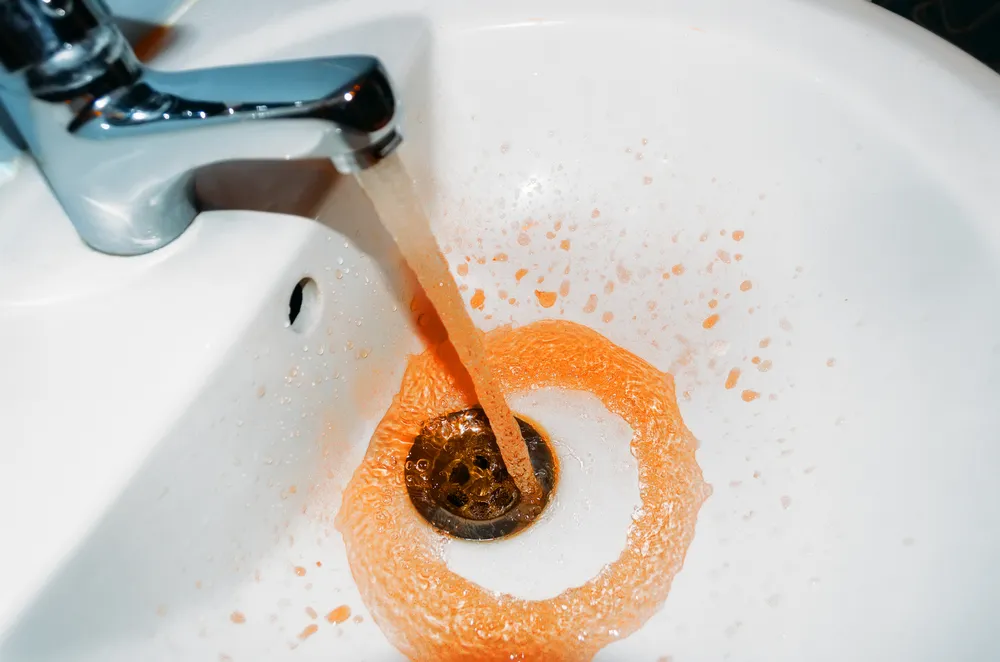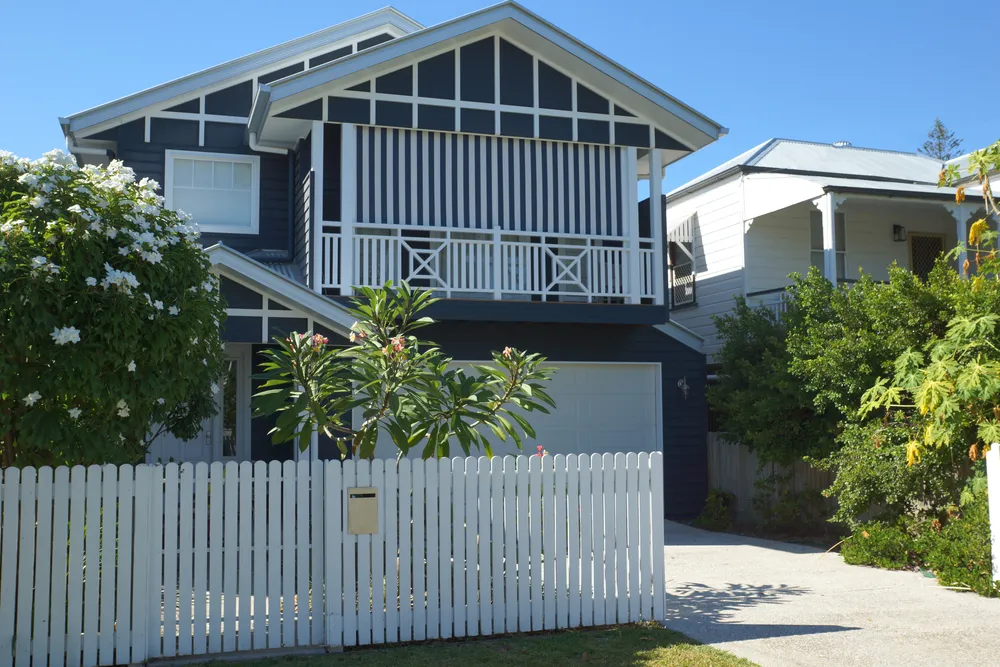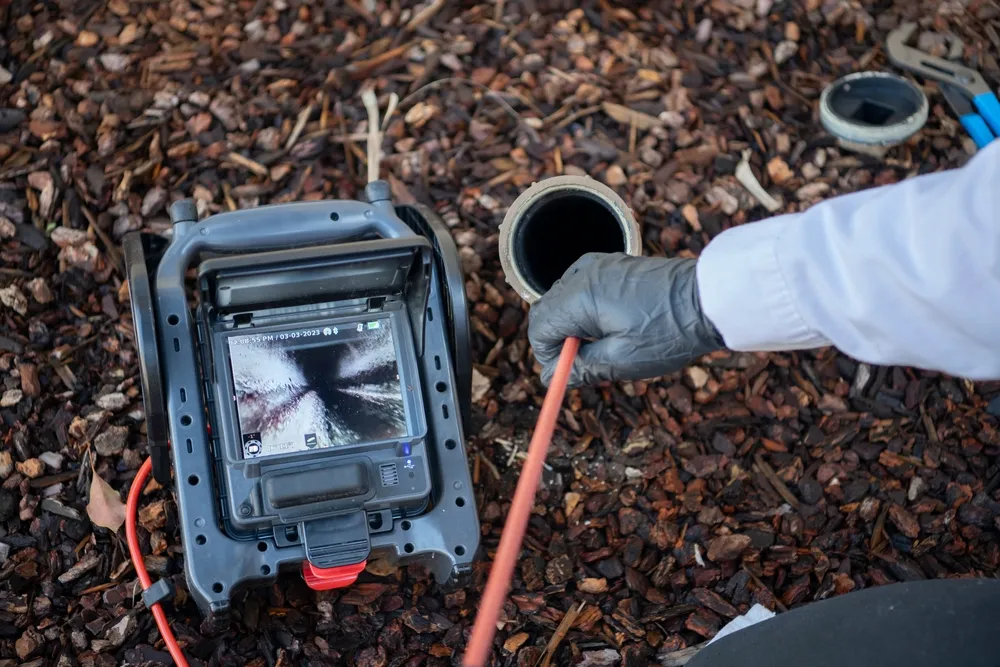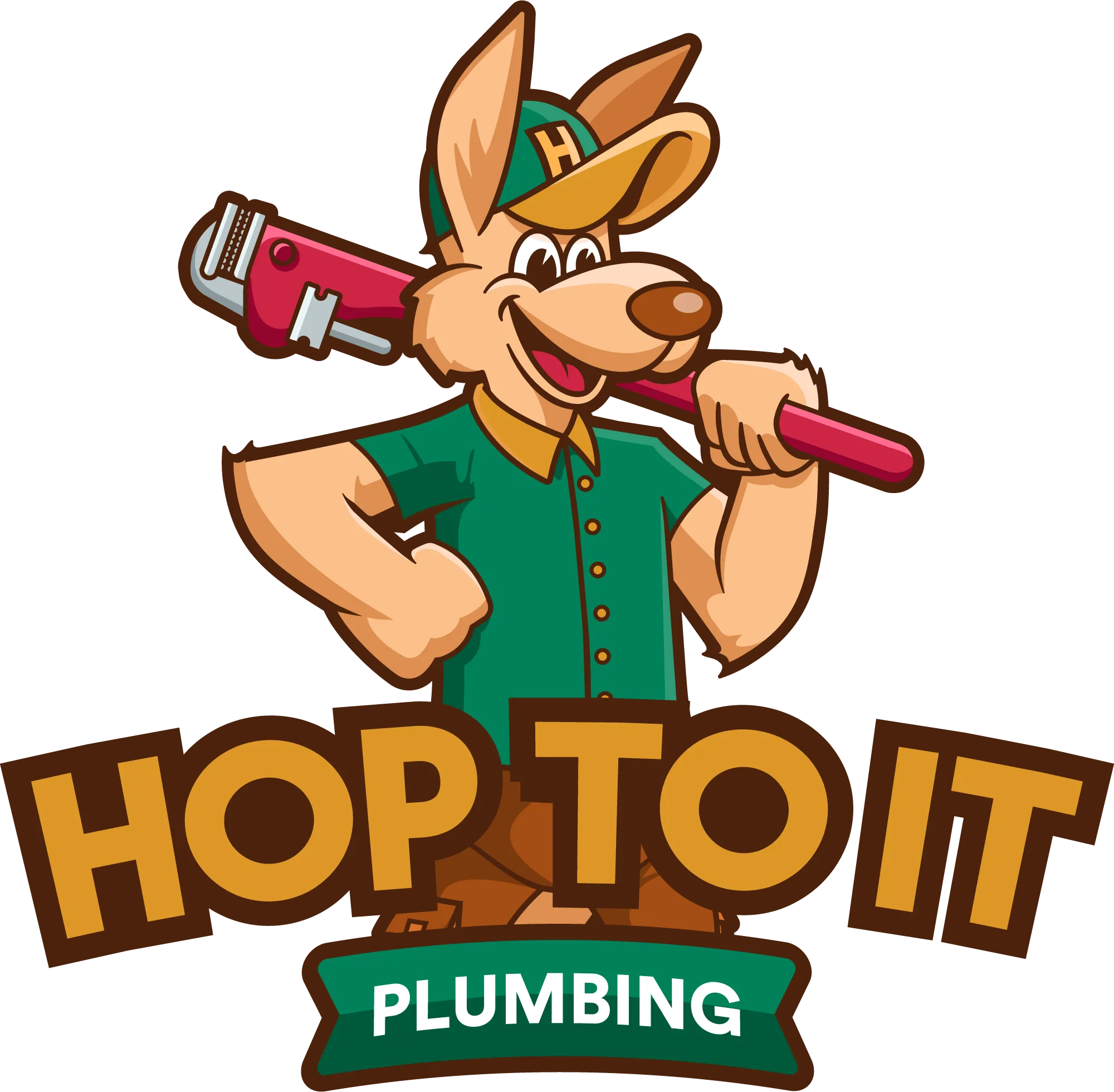Buying a renovator’s delight in Brisbane can be exciting, but it often comes with hidden plumbing headaches. Beneath the charm and character of older homes, outdated or damaged plumbing systems can lead to major costs if overlooked before settlement. Experts at Hop To It Plumbing have seen firsthand how easily these issues can turn a dream project into a financial drain. In this guide, we’ll walk you through the key plumbing red flags to check during open home inspections.
Whether you're flipping a property or settling into your forever home, knowing what to look for could save you thousands. Let’s get started!

Common Plumbing Problems in Brisbane’s Older Homes
Brisbane’s older homes may boast character and charm, but they often come with declining plumbing systems that can cause headaches if not properly inspected. Years of wear, outdated materials, and shifting ground conditions can all contribute to hidden issues that aren't immediately obvious during a walkthrough. Understanding the common plumbing problems in these homes is the first step toward making a smart and informed buying decision.
Ageing Pipes and Corrosion
One of the frequent issues you will see in older homes is ageing pipes. Many of these homes were built with galvanised steel or cast iron pipes, which are prone to corrosion over time. As these materials corrode, they can lead to leaks, reduced water pressure, and discoloured water. In some cases, the pipes can become completely blocked, leading to major disruptions in the water supply.
Signs of Corrosion
- Brownish water
- Noticeable drop in water pressure
- Frequent leaks or damp spots in walls and ceilings
- Visible rust on pipes
Tree Root Intrusion
Lush greenery is part of the charm, but tree roots can pose a threat to older plumbing systems. Tree roots naturally seek out moisture and can infiltrate pipes, especially if they are made of clay or other older materials. This can cause blockages, leaks, and even pipe bursts.
Preventing and Addressing Root Intrusions
- Regular inspections with CCTV cameras
- High-pressure water jetting to clear roots
- Installation of root barriers
- Pipe relining to seal and protect existing pipes
Outdated Drainage Systems
The drainage systems in older homes often do not meet modern standards. This can result in slow drains, frequent clogs, and even sewage backups. Many older homes have drainage systems that were not designed to handle the demands of contemporary appliances and water usage habits.
Modern Solutions for Outdated Drains
- Upgrading to PVC or other modern pipe materials
- Installing larger or additional drainage pipes
- Regular professional cleanings to prevent buildup
- Implementing backflow prevention devices
Faulty Plumbing Fixtures
Homes built decades ago may still have original plumbing fixtures that, while charming, are often inefficient and prone to leaks. Old taps, toilets, and showerheads might look charming, but they often leak and use more water than necessary—driving up your bills.
Upgrading Fixtures
- Replacing with water-efficient models
- Checking for leaks and repairing or replacing seals
- Installing aerators on faucets to reduce water flow without sacrificing pressure
Inadequate Water Heating Systems
Older homes often come equipped with outdated water heaters that may not be energy-efficient or capable of meeting modern demands. Inadequate hot water supply, inconsistent temperatures, and increased energy bills are common complaints among homeowners.
Enhancing Water Heating Efficiency
- Installing tankless water heaters for on-demand hot water
- Upgrading to modern, energy-efficient models
- Regular maintenance and flushing to remove sediment buildup

Subfloor Plumbing Risks in Raised Queenslanders
Queenslanders are iconic homes known for their unique architectural style and elevated design, which provide excellent ventilation and protection from floodwaters. However, the distinctive construction of these homes also presents specific plumbing challenges, particularly under the subfloor. When considering a renovator’s delight, it’s crucial to understand the potential plumbing risks lurking beneath these charming residences.
Understanding the Subfloor Environment
The elevated design of Queenslanders creates a subfloor space that can be prone to moisture accumulation. This is especially true during Brisbane's wet season, when heavy rains can lead to inadequate drainage. Prospective buyers should inspect for signs of poor drainage, such as water pooling or damp soil, which can lead to long-term structural and plumbing issues. Proper drainage systems, including downpipes and stormwater management, should be in place to divert water away from the subfloor area.
Adequate ventilation is essential to prevent moisture build-up under the house. Insufficient airflow can exacerbate humidity problems, leading to rust and corrosion of plumbing pipes. It's important to check for blocked vents or obstructed airflow paths in the subfloor area, ensuring they are clear to facilitate proper air circulation.
Common Plumbing Issues
Ageing Pipework
Many Queenslanders still rely on original plumbing, which may already be weakened or corroded. These systems often require full replacement for long-term reliability. When inspecting a property, look for signs of rust or discolouration on exposed pipes, as these could indicate imminent failure. Replacement with modern materials, like PVC or copper, might be necessary to ensure long-term reliability.
Pipe Support and Stability
The elevated structure of Queenslanders means that pipes are often suspended under the house. Over time, these pipes can sag or become improperly supported, leading to stress and potential breakages. Check for secure brackets and supports that hold the pipes in place. Any signs of sagging or improper alignment should be addressed to prevent future leaks or bursts.
Pest and Vermin Intrusion
Queenslanders are not only appealing to homeowners but also to pests and vermin seeking shelter. Rodents and insects can chew through pipes or create nests in moist, secluded areas under the house. Inspect for signs of pest activity, such as gnawed pipes or droppings. Consider engaging a pest control service to assess and mitigate any infestation risks that could compromise the plumbing.
Structural and Plumbing Integration
Foundation Shifts and Pipe Damage
Brisbane’s soil conditions can lead to ground movement, which may affect the structural integrity of a Queenslander’s foundation. This shifting can put stress on plumbing pipes, causing cracks or disconnections. Inspect the foundation for signs of movement, such as cracks or uneven flooring, and assess whether these shifts have impacted the plumbing system.
Retrofitted Plumbing Concerns
Many Queenslanders have undergone renovations and retrofits over the years, which can result in complex plumbing systems. Look for signs of haphazard or amateur plumbing work, such as mismatched pipe materials or unapproved alterations. Ensure that any retrofitted plumbing adheres to current standards and is installed by licenced professional plumber.

Tell-Tale Signs to Look for During an Open Home
Open homes are your best chance to spot signs of underlying plumbing issues before making an offer. While everything might look polished on the surface, a closer look can reveal red flags that suggest bigger problems behind the walls or under the floors. Knowing what to watch for during your inspection can help you avoid costly surprises after settlement.
Inspect the Bathrooms
- Leaky Faucets and Showerheads: They are not only annoying but could also signify deeper plumbing issues. Check for any drips or leaks, and feel the area around the faucets for dampness, which might indicate hidden problems.
- Check Under the Sinks: Open the cabinet doors under sinks to inspect for water stains, mould, or mildew. These can be signs of ongoing leaks and may indicate the need for extensive repairs.
- Toilet Troubles: Flush the toilets to ensure they operate smoothly. Listen for any unusual sounds, like gurgling, which can be a sign of clogged pipes or improper venting. Check around the base for water leaks or a spongy floor, indicating potential water damage.
Kitchen Clues
- Sink and Dishwasher: Turn on the kitchen sink to check the water pressure and drainage speed. Slow drainage might mean a blockage in the pipes. If the property includes a dishwasher, ensure there are no signs of leaks around it and ask if it has been recently serviced.
- Uncover Hidden Issues: Look for any unusual smells that could indicate sewer problems. Musty or foul odours may suggest that the drainage system is not functioning correctly and could require professional attention.
Laundry Room Details
- Washer and Dryer Hookups: Inspect the washer and dryer hookups for signs of rust or leaks. Rusty connections can mean long-standing moisture issues, which may need immediate repair.
- Floor Condition: Check the condition of the flooring around the laundry area. Warped or discoloured floors can be a sign of long-term leaks, requiring not only plumbing fixes but also expensive floor repairs.
Overall Water Pressure
Test the overall water pressure throughout the home, including all taps and showers. Low water pressure might seem minor, but it can be a symptom of larger plumbing issues such as pipe leaks, blockages, or even corroded pipes.
Examine the Hot Water System
Inquire about the age of the hot water system. Older systems are prone to failure and may not meet modern efficiency standards. Look for signs of rust or leaks around the unit. Also, turn on the hot water taps to assess how quickly hot water is delivered and its temperature. Inconsistent water temperature can be a sign of a failing system, which could require replacement.
Signs of Previous Repairs
Look for evidence of previous plumbing repairs, such as mismatched pipes or fresh patches on walls or ceilings. While some repairs might have been done well, hasty or inconsistent fixes could indicate recurring problems.

What a Pre-Purchase Plumbing Inspection Covers
A pre-purchase plumbing inspection is one of the most important steps you can take when buying an older home. It goes beyond surface-level checks to uncover hidden issues that could cost you thousands down the track. Knowing what this inspection includes helps you make informed decisions and negotiate with confidence before settlement.
Main Sewer Line and Drainage Systems
The main sewer line is a critical component of any home’s plumbing system. Using advanced camera inspection technology, its condition is assessed for blockages, root intrusion, cracks, or collapses that could lead to serious drainage issues. Early detection is key to avoiding expensive repairs or replacements.
Also, drains are all tested throughout the property to ensure they are functioning efficiently. Slow drains can indicate blockages or inadequate pipe sizing, which can lead to backflow or flooding if not addressed promptly.
Internal Pipework
Understanding the type of material used in your property’s plumbing system helps assess its longevity and potential for leaks. If the home still has galvanised or lead pipes, it’s a red flag. These materials can rust or even pose health risks, recommending upgrades to modern materials like copper or PEX.
An inspection includes a thorough check for hidden leaks that can cause water damage over time. Moisture metres and infrared cameras are used to detect leaks behind walls or under floors, ensuring no potential issue goes unnoticed.
Water Heater and Hot Water System
The service evaluates the age and efficiency of the water heater, identifying signs of wear and potential failure. Older models may need replacing with more energy-efficient systems, saving you money in the long run. It also ensures that the hot water system complies with the latest safety standards and regulations. Experts check for proper installation, temperature settings, and pressure relief valve functionality to prevent accidents or damage.
Fixtures and Faucets
Faucets and fixtures are inspected for proper operation and signs of wear, such as dripping taps or corroded handles. Properly functioning fixtures are essential for conserving water and maintaining water pressure throughout the home.
Assessing the quality and compatibility of fixtures with existing plumbing helps identify potential issues with leaks or inefficient water usage. Professionals provide recommendations for replacements where necessary to enhance functionality and aesthetics.
Water Pressure and Quality
Water pressure tests ensure that the property’s plumbing can handle everyday usage without issues. Inadequate or excessive pressure can lead to leaks, burst pipes, or inefficient appliance operation. It is also performed to check for contaminants or hard water, which can affect health and plumbing system longevity. There are solutions for water filtration or softening systems if needed.
In conclusion, buying a renovator’s delight is a bold move, but it pays to do your homework. Hidden plumbing issues can turn your dream into a financial headache, especially in Brisbane’s older homes. Don’t skip the details: inspect thoroughly, know the red flags, and get a professional pre-purchase plumbing check. At Hop To It Plumbing, we’re here to guide you every step of the way so you can renovate with confidence and peace of mind.
-full-color-rgb-2000px-w-72ppi.webp)

